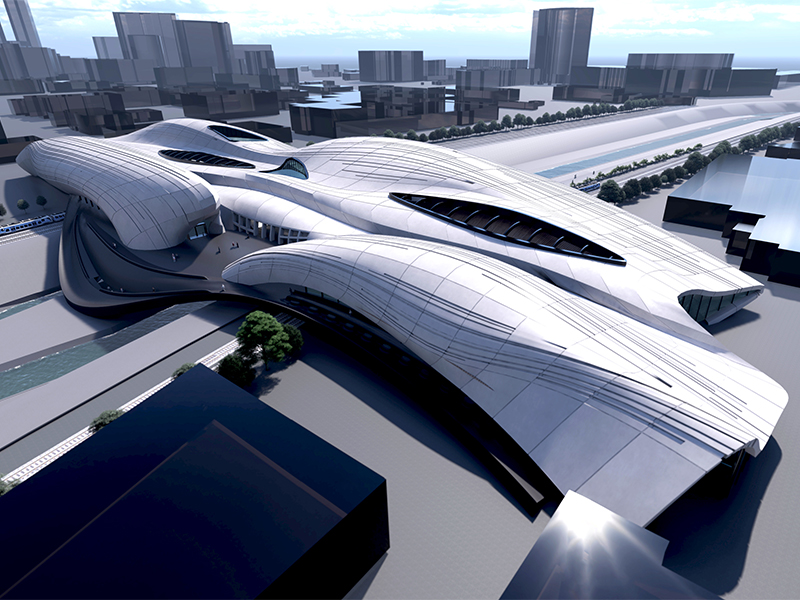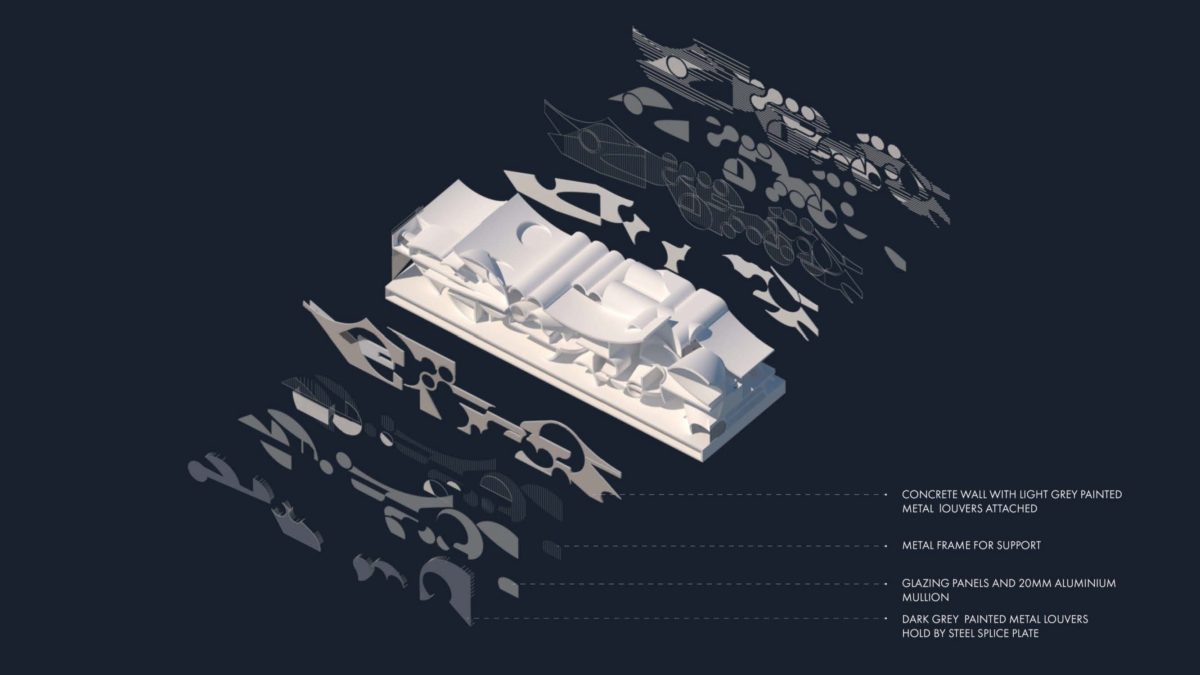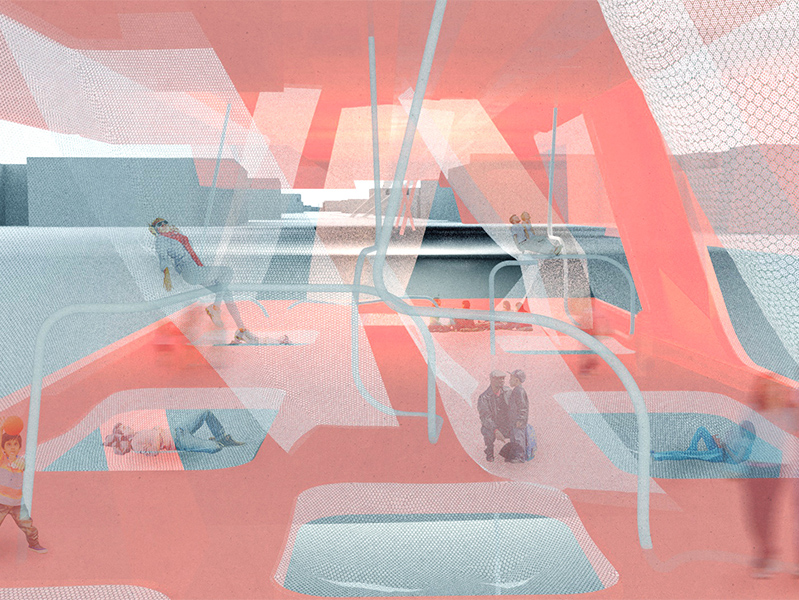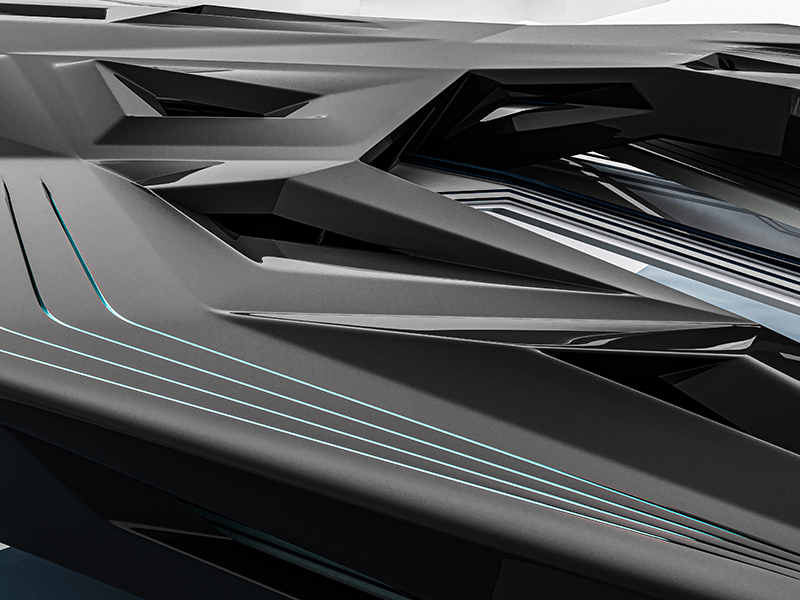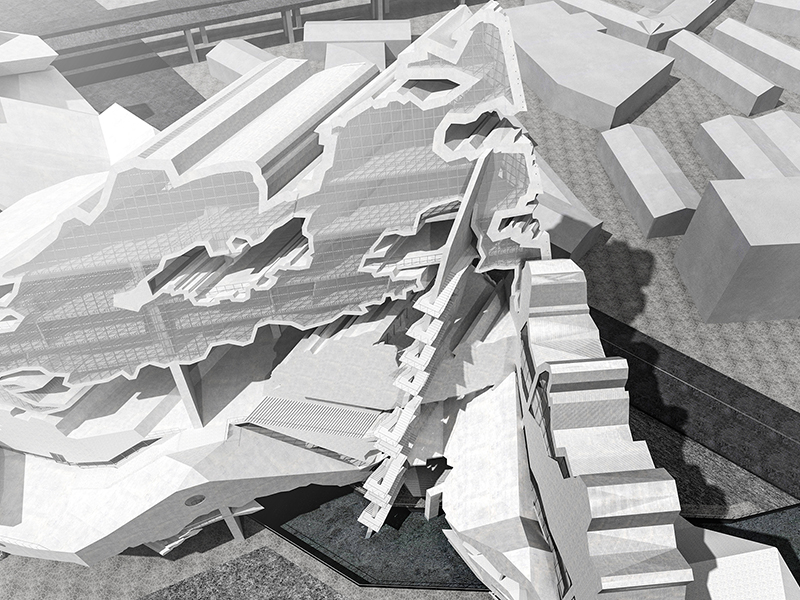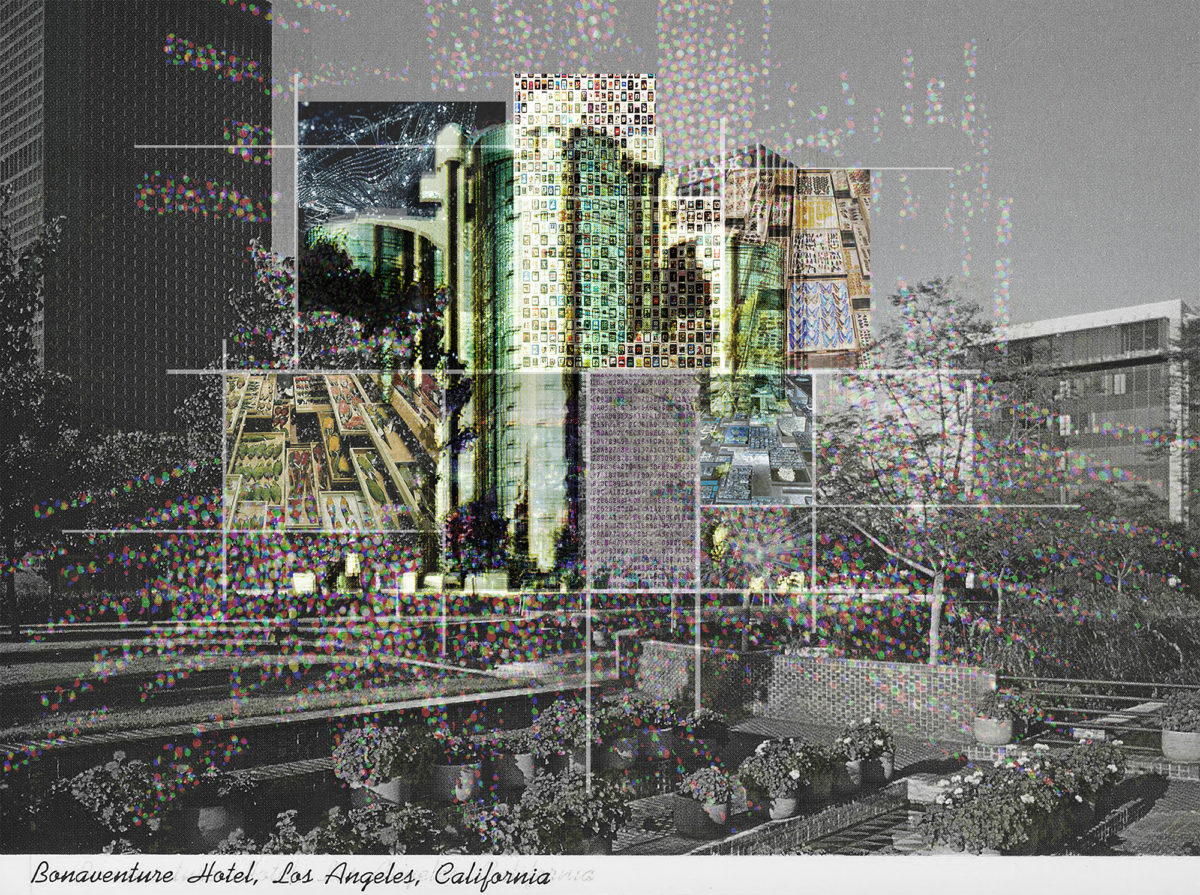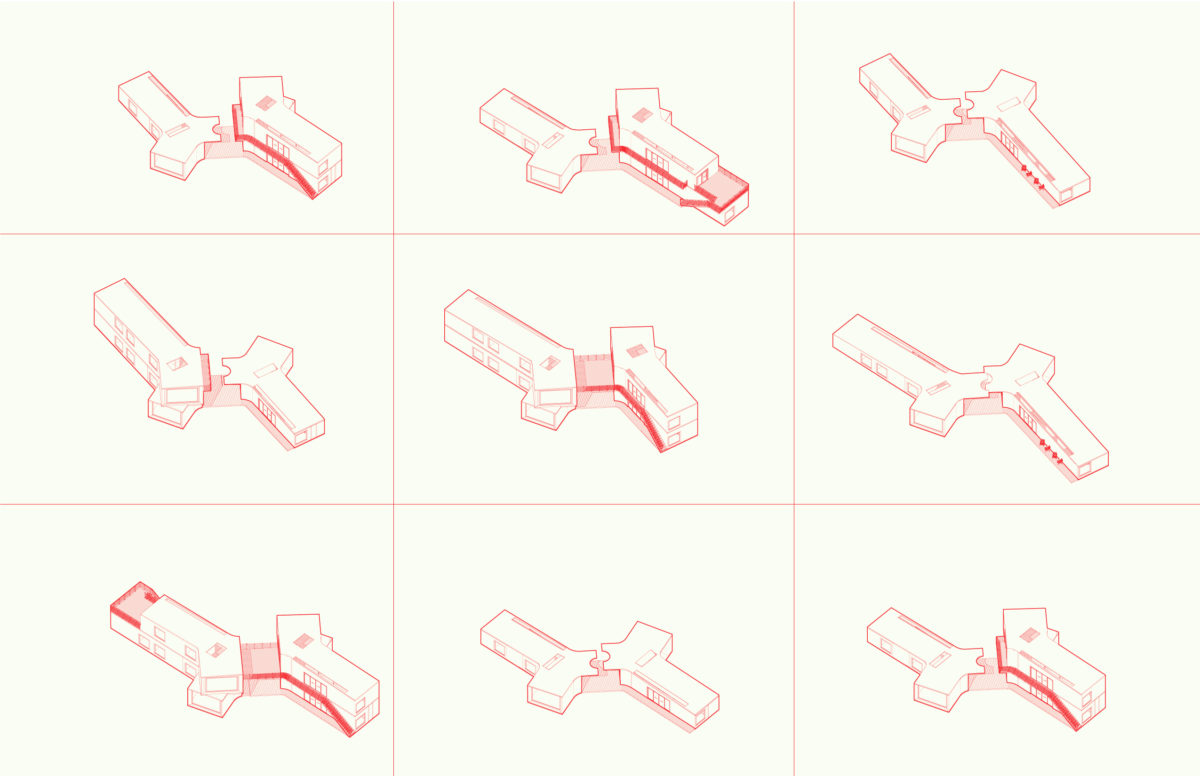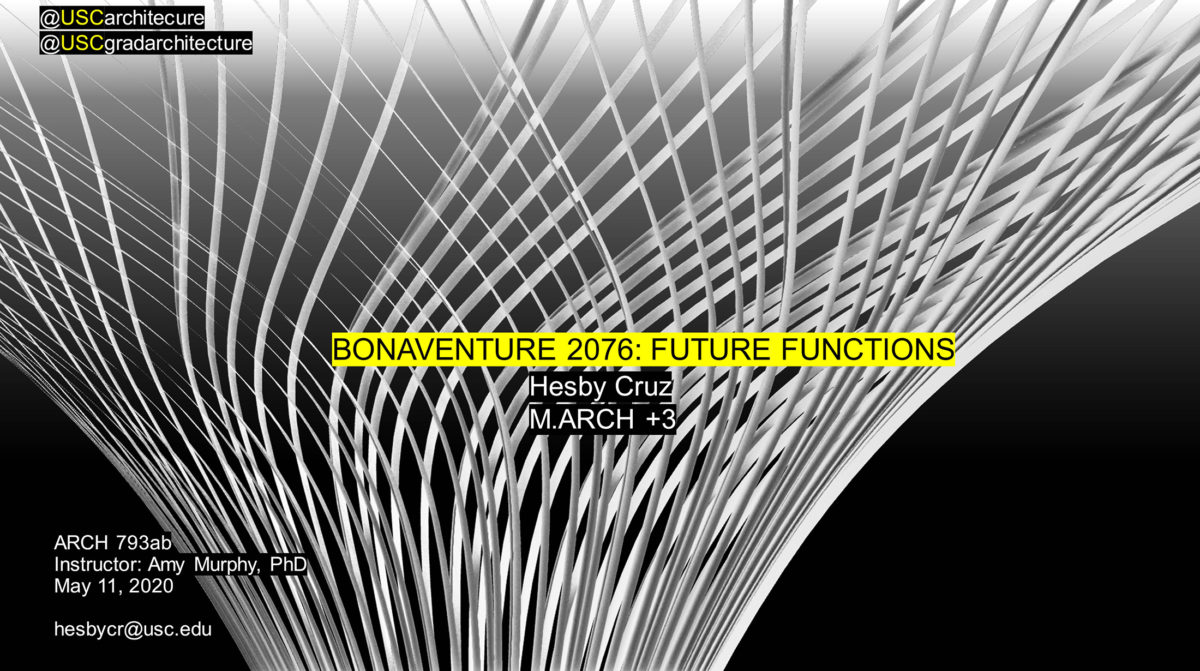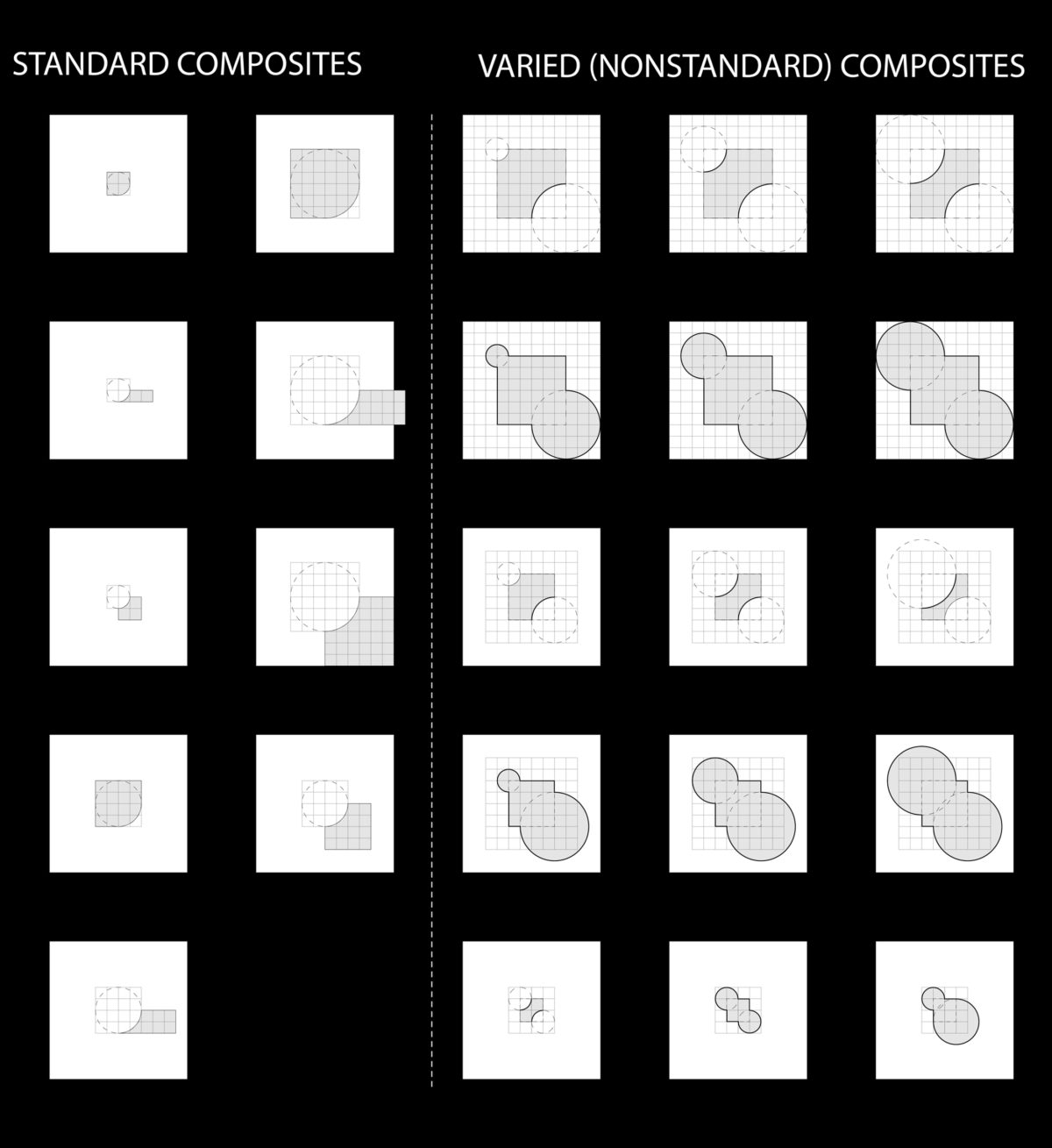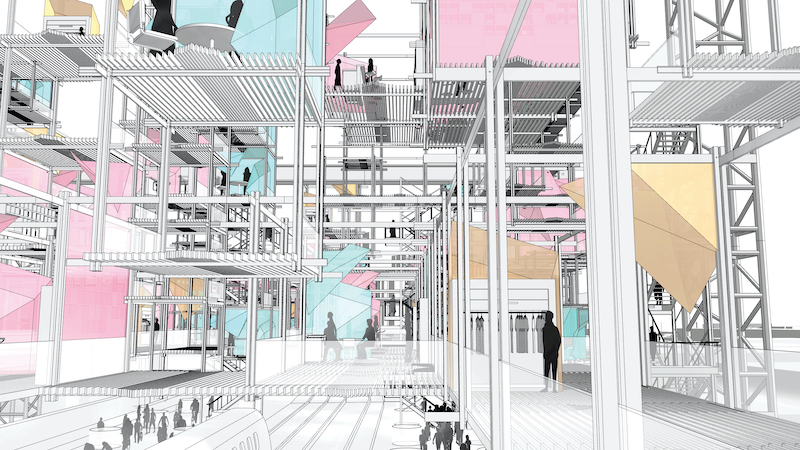Can Intensive Gradients Replace Extensive Thresholds?
Tangential continuum is a design proposal for a new pedestrian bridge that replaces current 1st street bridge in Down Town Los Angeles. It will be a new community hub which connects two adjacent neighborhoods of Boyle Heights and Arts District. The project aims to eliminate the cultural and programmatic division of the two mentioned neighborhoods. Programmatically, the project is an amalgamation of the existing programs around the site in addition to the programs the two neighborhoods lack. Given the program of the proposed bridge, providing a high level of accessibility and connectivity both internally and externally is imperative to the projects’ success. Inspired by Fri Otto’s Multihalle in Mannheim, the project identifies building’s skin as an element that can potentially have a great impact in creating a fluid interior space as it replaces walls and doorways. It also uses gradient interior spaces as the typology that supports connectivity of the spaces the most. In order to achieve a gradient interior, a number of characteristics have been identified as the fundamentals of the gradient interior space.
1- Creating ambiguous spaces.
2- Providing opportunities to see through multiple spaces.
3- Creating light shafts to guide people inside of the building.
4- Articulated surfaces to emphasis movement directions.
5- Providing users with multiple path options to take as they move through the building.
6- Creating a continuous threshold space between different programmatic areas of the building.

